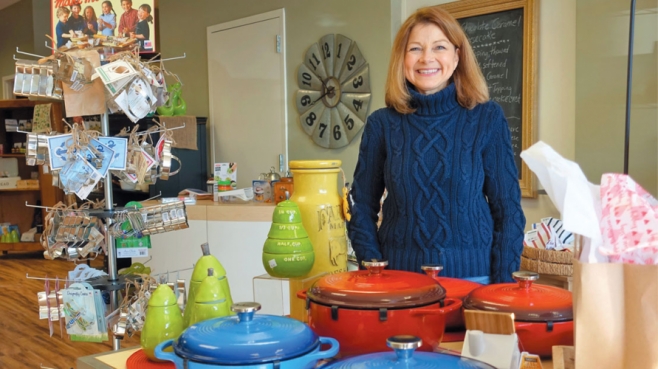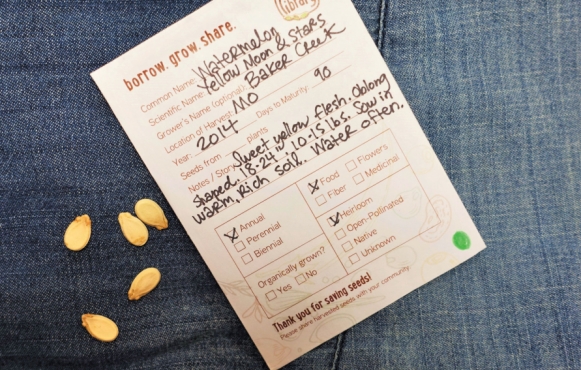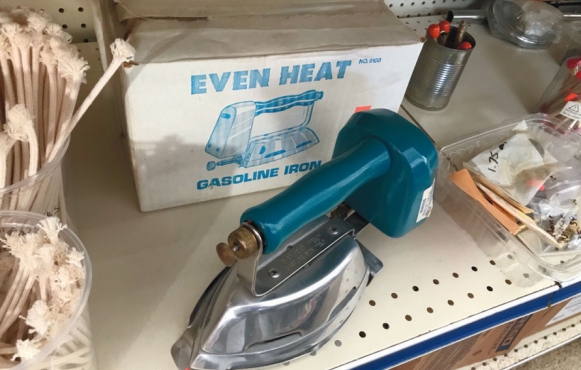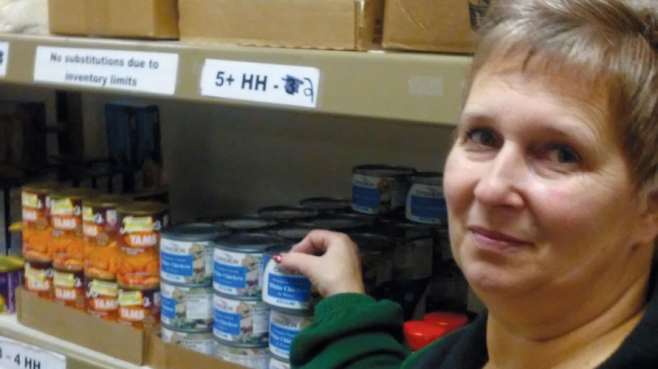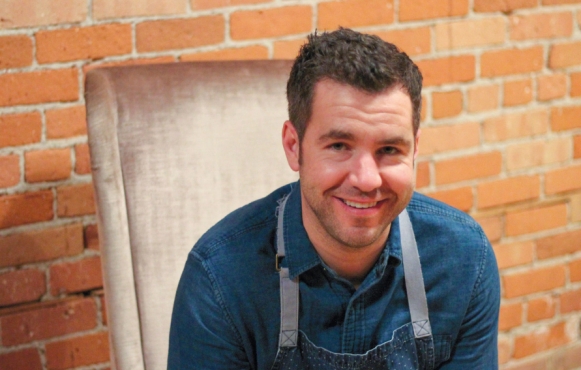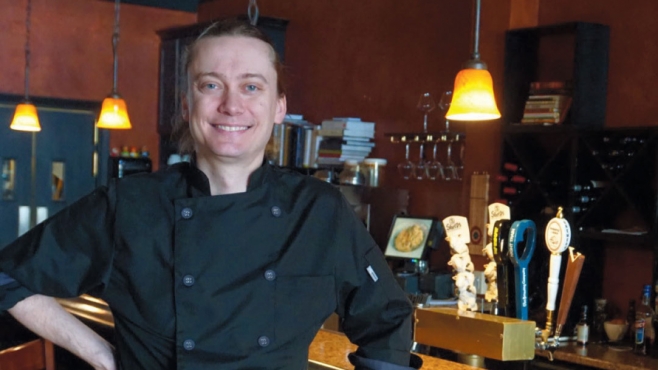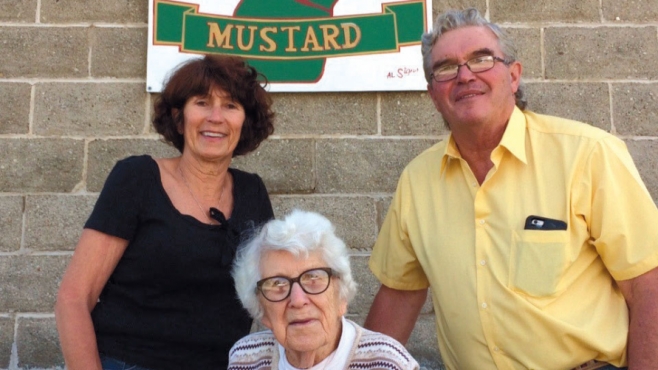In Our Spring 2018 Issue

Kitchen remains kind of a scary place
Being a self-admitted klutz, I had to admit I’m generally afraid of elements used in cooking – heat burns, knives cut and ingredients can sometimes have undesirable effects on my digestive system. So you can imagine my concern when new products come on the market.
Watching Ron Popeil sell his father’s Veg-O-Matic made me a little nervous with all that slicing and dicing. Imagine my concerns when the microwave came on the market and something magical took place behind what appeared to be an armored door. Any concerns I had about this rapid-warming machine were further heightened by knowledge of its history.
According to a Popular Mechanics story published a couple of years ago, the Radarange, as it was originally known, was accidentally invented by Raytheon radar engineer Percy Spencer in 1946 while he was testing one of his magnetron tubes to boost power in the radar sets.
According to his grandson, Rod Spencer, Percy was preparing for his lunch break when he reached into his pocket for a peanut cluster bar and found it had melted. That’s the point where I might have been looking for another line of work, considering what it did to the chocolate and possibly Percy’s thigh.
But Rod said that didn’t seem to bother his grandfather, who had the first unit ready for the market a year later. At a cost of $2,000 and weighing 750 pounds, it wasn’t a big seller. As people pondered the cost, size and safety of such technology, it would take 20 more years before Amana’s compact “Radarange” launched a buying frenzy for the appliance. It still amazes me that people bought any food preparation appliance with radar right in its name.
‘It still amazes me that people bought
any food-preparation appliance with
radar right in its name.’
All these years later, I still find the microwave oven a little sketchy despite its new moniker, but its ease of operation is perfect for someone like me who is probably best a ways away from an open flame.
So it was with a tad bit of trepidation that I saw the latest culinary phenomenon arrive. Of course, I’m talking about the Instant Pot, an appliance that has been around a few years but exploded in popularity this past year.
The term “exploded” seems appropriate, because Instant Pot uses a cooking method that goes way back – namely pressure. French physicist Denis Pepin created the first pressure cooker in 1679.
I remember my mother having a pressure cooker, but I don’t remember her ever using it; maybe because she didn’t or because I made sure I was out of the house when she did.
Apparently, just like the microwave, many of my concerns are exaggerated, as the microwave lives on as does the pressure cooker in its newest sleek version. Similar to the microwave that by accident found a way to speed up cooking, Pepin deliberately invented his cooker to reduce cooking time by more rapidly bringing water to a boil while at the same time producing a moist and tender entrée.
To nobody’s surprise, and especially mine, my wife Leslie put an Instant Pot at the top of her Christmas list. Of course, she got one and it didn’t take long for her to begin experimenting with recipes. She is one of over 1.2 million members of the Instant Pot Community on Facebook.
I can’t say I remember having a pressure-cooked meal before Instant Pot came into our house, but Leslie seems to be getting the hang of it, producing tasty and diverse meals in fast order.
Still, I have to admit that when the pressure releases, it scares me a little.
Jon Gast
Co-Owner/Editor of Edible Door



